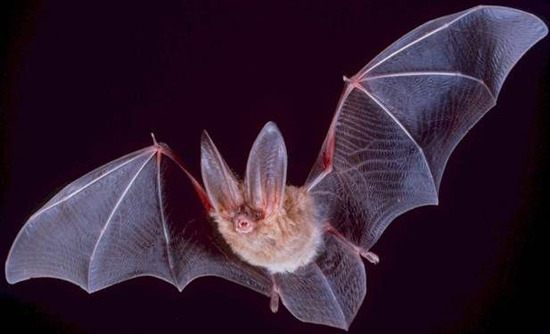By Nathan Hodges
Special to the Weekly
Halloween – a time to dress as ghosts, carve pumpkins, eat candy and maybe find local bats a good home.
And San Juan County is a perfect place for this kind of endeavor.
According to Kwiaht scientists – a Lopez-based nonprofit laboratory – the county is a refuge for some of Washington state’s largest and rarest bats, such as the hoary bat, and Townsend’s big-eared bat, which dine year-round on moths including cutworm moths, tent caterpillar moths, and coddling worm moths.
“That’s good news for our farms, gardens, orchards, and locavores,” said Madrona Murphy, Kwiaht botanist and leader of its heritage orchard project.
Our smaller, “mouse-eared” bats feast on tiny wetland insects like mosquitoes, whose diseases such as West Nile, kill 30 times more Americans each year than rabies, according to Centers for Disease Control statistics.
According to Washington State Department of Health statistics, no San Juan County bat has yet tested positive for rabies.
Bats in the belfry
Bats like their homes warm, dry, and cozy just as we do. That’s why several island homeowners are finding bats in their belfry.
Attics, crawlspaces, walls, under roof tiles or tiny nooks and crannies are preferred roosts for maternity colonies of our local bats. Aging farm buildings and idiosyncratic, owner-built “hippy houses” are especially welcoming to bats, Kwiaht researchers have found.
Bats have probably shared our homes since the days when Coast Salish peoples built large cedar-plank community houses in the islands, which archaeologists believe began more than 3,000 years ago.
Tiny uninvited tenants aren’t always appreciated and can make a mess as they birth and fledge dozens, sometimes hundreds, of tiny pups each summer.
“Although bat guano is dry, excellent fertilizer and poses little threat to human health, bat urine is smelly and can dampen insulation and warp drywall,” said Russel Barsh, director of Kwiaht.
Bats also often roost under siding and shingles that require periodic maintenance. In many cases, Kwiaht scientists believe the best approach is giving bats a warm and durable home of their own.
Bat box design
Since island weather is frequently cool and wet in spring, when female bats congregate to birth and nurse their pups, “bat boxes” here need to be roomy, solar-heated, and well insulated. Kwiaht staff has designed bat boxes that are larger, heavier, and warmer than anything you can find for sale online. Painted matte black, with rigid insulation and a sturdy galvanized metal roof, they weigh nearly a hundred pounds and can house entire colonies of bats mounted high above predators on a tree or post, facing the sun.
Hoisting a hundred-pound bat house thirty feet into a tree is obviously no easy task, but with ropes and pulleys, and the help of Lopez arborist Zack Blomberg, Kwiaht can install each house in a day or two.
“The finishing touch is to spray the inside of the bat house with a concoction we call Eau de Bat: fresh bat guano, collected from the existing bat colony, and extracted in alcohol like perfume,” said Kwiaht wildlife biologist Amanda Wedow.
This tincture helps convince bats that some of their relatives have already used the box so it is safe.
Two Kwiaht bat houses were installed on Lopez in 2012, and there are orders for five more on Lopez, Orcas, and San Juan Island.
For more information on local bats, blueprints to build your own maternity-size bat house, or to get on the waiting list for a Kwiaht-built house, send an email to kwiaht@gmail.com. Home assessments are free, and if a bat box is called for, Kwiaht shares up to 100 percent of the costs of construction and installation.
Kwiaht also chose Halloween to announce its donation of eight new-generation Baton bat detectors to public schools and libraries throughout San Juan County to introduce more island families to what Barsh calls “the pleasure of eavesdropping on bats as they navigate, snatch insects out of the sky, and chat among themselves.”
Hodges is Kwiaht’s Landscape Ecologist. He has a masters degree in landscape architecture from UC-Berkele and an undergraduate degree in wetland biology.





